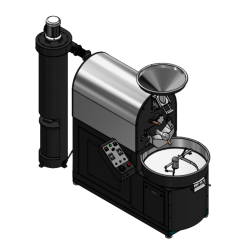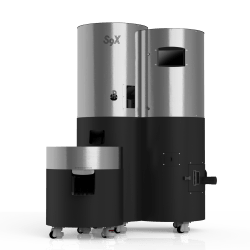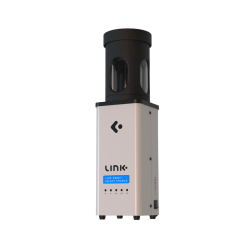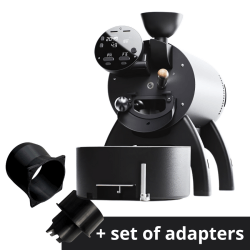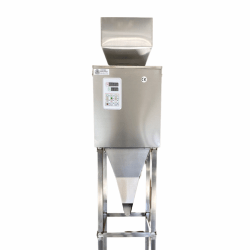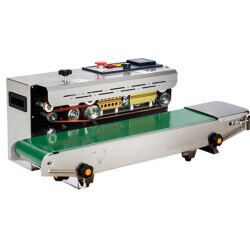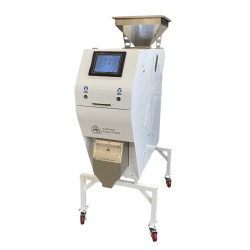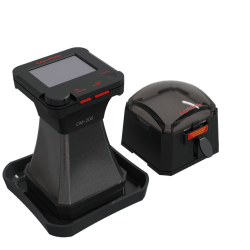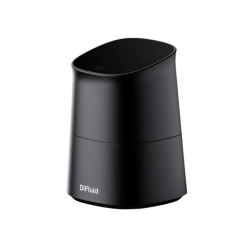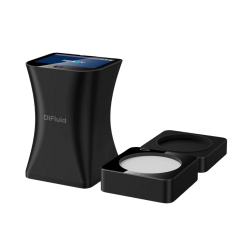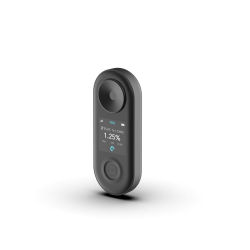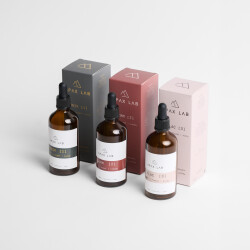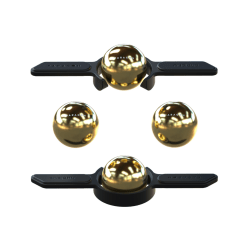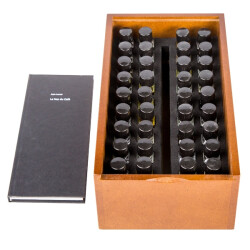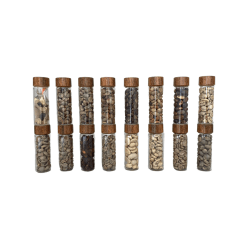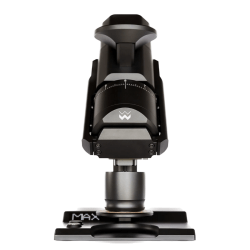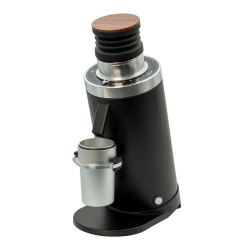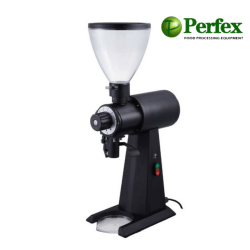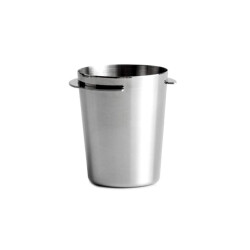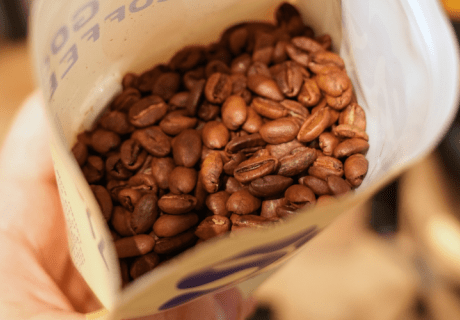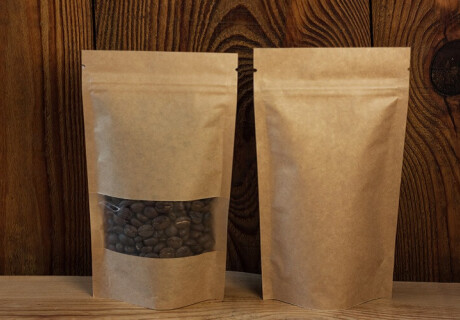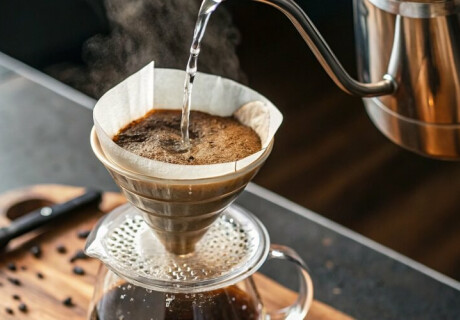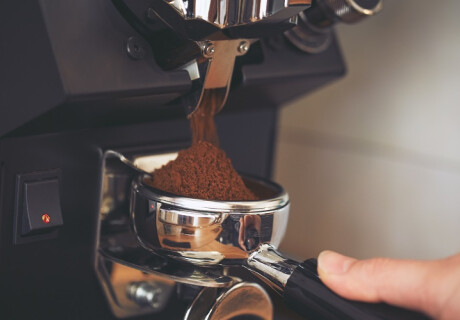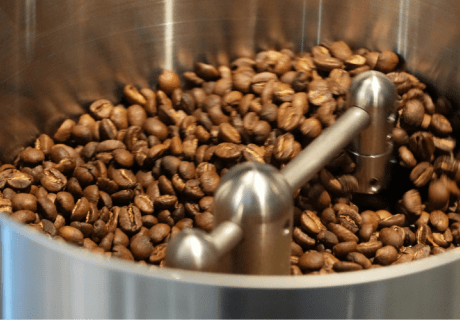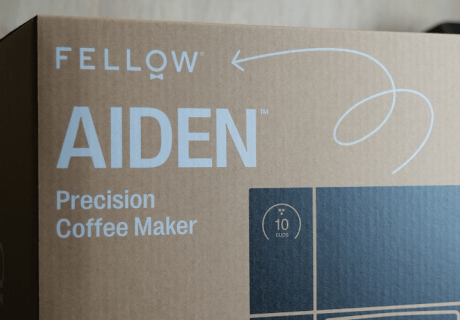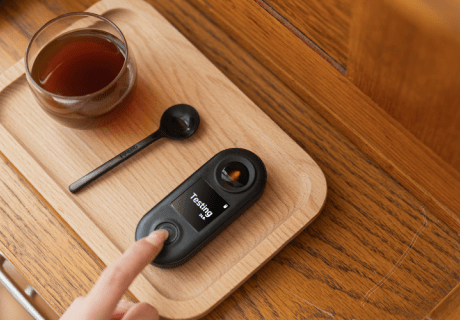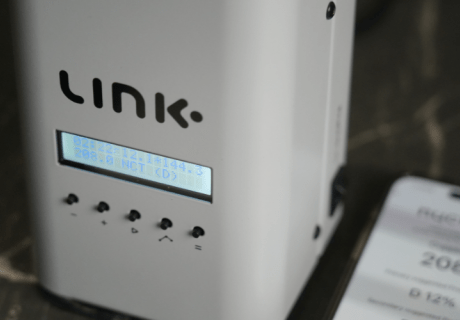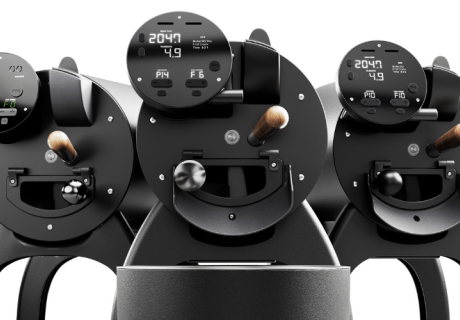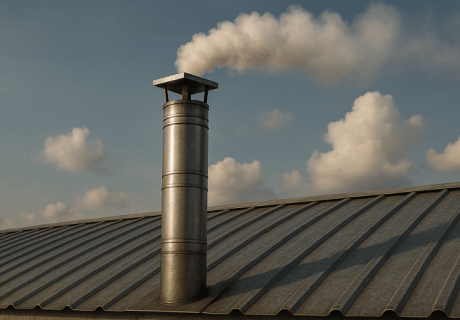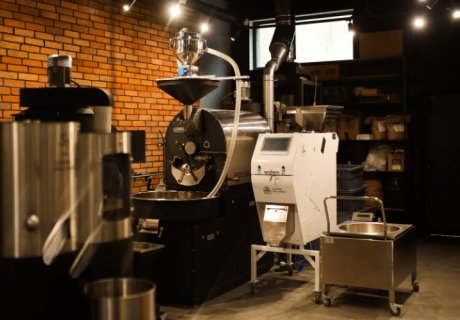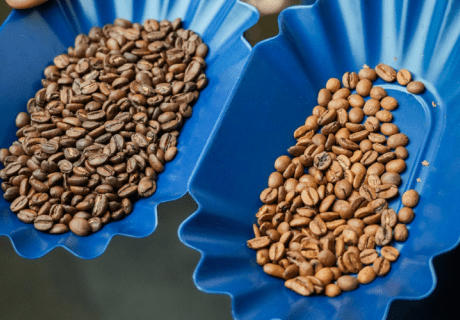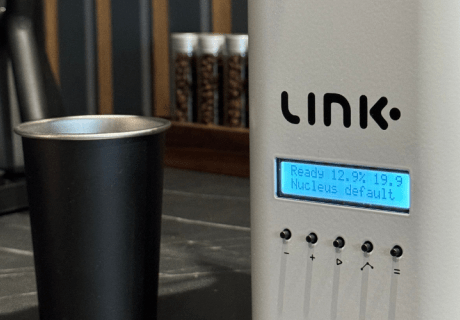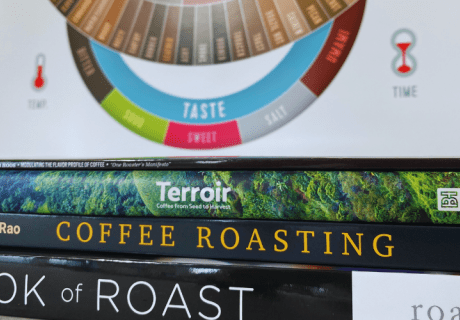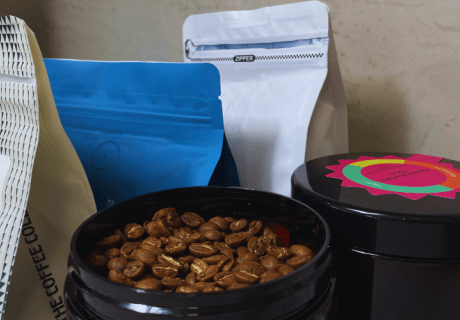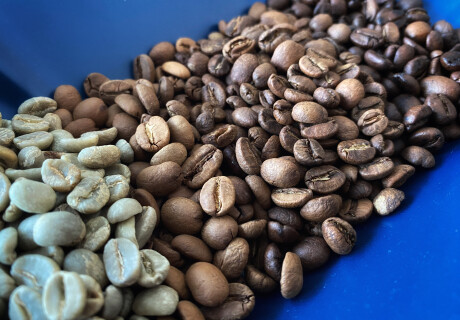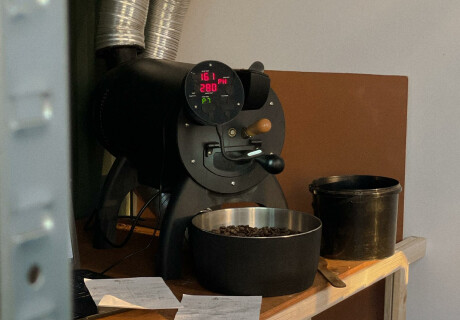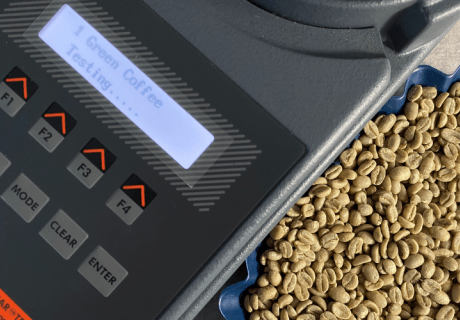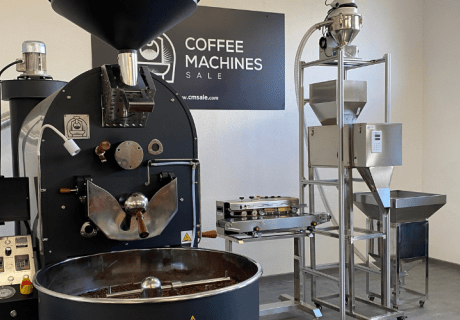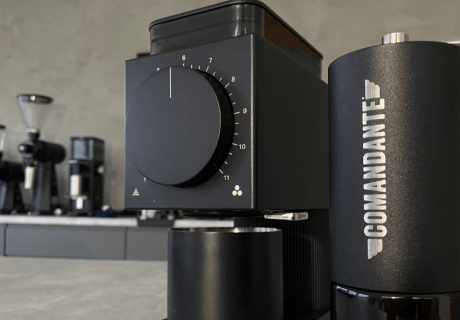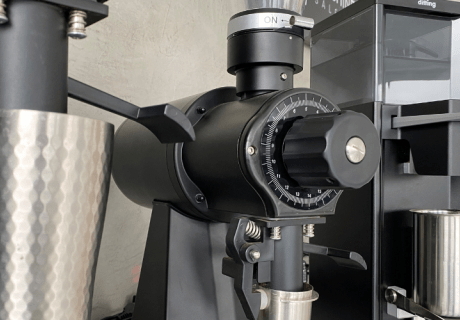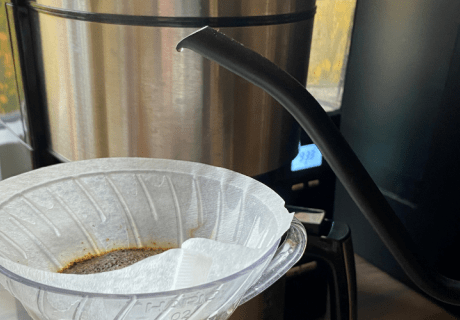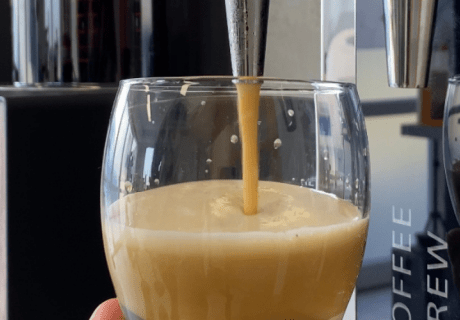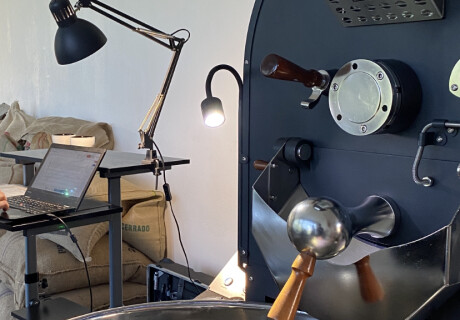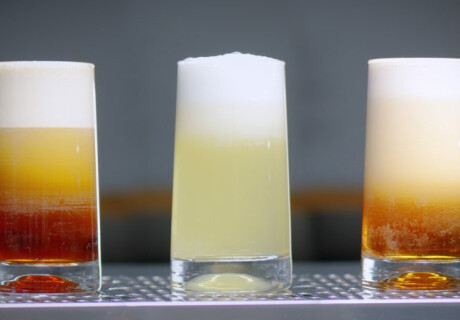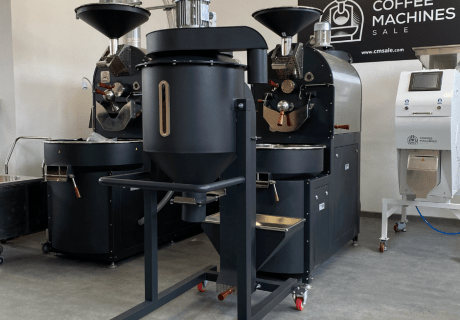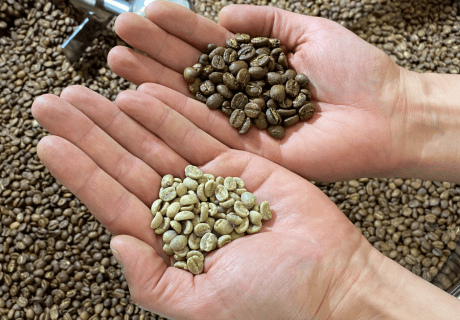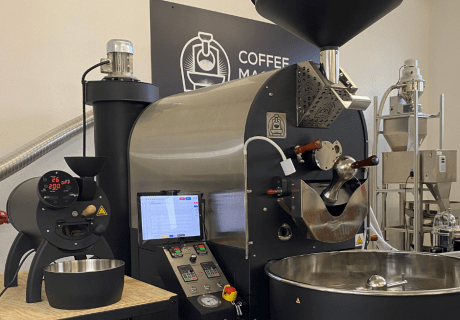What’s the Best Way to Streamline Coffee Packaging in Your Roastery?
Coffee packaging is an essential element that directly impacts the quality, freshness, and marketability of coffee. For roasteries, packaging is more than just a protective shell; it plays a significant role in preserving coffee’s aromatic profile, extending shelf life, and communicating brand identity. As coffee consumption continues to rise globally, the need for efficient and reliable packaging solutions has become critical for roasteries of all sizes. This guide delves into the various aspects of coffee packaging and how modern packaging technologies, specifically advanced weigh & fill machines, can revolutionize your coffee business by improving packaging speed, accuracy, and consistency.
The Role of Coffee Packaging
Coffee packaging serves multiple vital functions: it protects the product from environmental factors such as moisture, light, and oxygen, all of which can cause the coffee to lose its flavor and aroma. Furthermore, packaging serves as a marketing tool, conveying the brand’s identity, product details, and origin story. In today’s market, where consumers are increasingly conscious of quality and sustainability, packaging plays a crucial role in influencing purchasing decisions.
1. Preservation of Freshness: Freshly roasted coffee emits carbon dioxide. Without proper venting, this can affect the coffee’s quality. Packaging with degassing valves allows CO2 to escape while preventing oxygen from entering, ensuring that the coffee retains its freshness.
2. Barrier Against Environmental Factors: Light, moisture, and oxygen are the primary enemies of coffee freshness. Packaging materials like aluminum-lined bags, multilayer films, and resealable closures help maintain an optimal environment for the coffee.
3. Convenience and Brand Communication: Well-designed packaging offers convenience with features like resealable zippers, and it also acts as a canvas for branding. Labels provide information about the coffee’s origin, tasting notes, and roast dates, helping consumers make informed choices.
Types of Coffee Packaging
Different types of coffee packaging cater to various market needs, each with its own advantages:
1. Flat Bottom Bags: Popular among specialty coffee brands, flat-bottom bags stand upright and are easy to display. These bags are often resealable, enhancing consumer convenience.
2. Quad Seal Bags: These offer a premium look with flattened sides that provide better shelf stability. Quad seal bags are more expensive but often preferred for high-end coffee products.

3. Doypacks: Known for their oval-shaped bottom and resealable zipper closures, Doypacks are user-friendly and commonly used for retail coffee products.
4. Pillow Bags: Often used in bulk packaging for foodservice, these are the most affordable option. Pillow bags lie flat and are commonly used for pre-ground coffee portions.
5. Biodegradable and Compostable Bags: With growing environmental concerns, many roasteries are shifting towards sustainable packaging options like compostable or biodegradable bags. These options cater to eco-conscious consumers and reduce the carbon footprint of coffee packaging.
Key Features to Consider in Coffee Packaging
1. Degassing Valves: Essential for venting CO2 emitted by freshly roasted coffee without allowing oxygen to seep in, thus maintaining the coffee’s flavor and extending its shelf life.
2. Gas Flushing: Replacing oxygen with an inert gas like nitrogen helps keep the coffee fresh for longer by minimizing oxidative reactions that degrade flavor.
3. Sealing Options: From basic tape closures to advanced zippers, the type of seal affects the bag’s usability and the consumer’s ability to keep coffee fresh after opening.
4. Sustainability: Eco-friendly packaging options such as recyclable, biodegradable, or compostable materials are becoming increasingly popular among both roasters and consumers looking to reduce their environmental impact.
Advanced Packaging Solutions: Weigh & Fill Machines
Manual packaging is not only time-consuming but also prone to inconsistencies in weight and sealing. Investing in advanced weigh & fill machines can transform the packaging process by providing speed, precision, and efficiency. Here’s how weigh & fill machines benefit coffee roasteries:
1. Enhanced Accuracy and Consistency: These machines can precisely measure and dispense coffee into bags, ensuring each package contains the exact weight. This consistency helps maintain product standards and reduces customer complaints about under or overfilled bags.
2. Increased Productivity: Automated packaging systems drastically cut down the time needed to pack each bag compared to manual processes. Machines like our Weigh&Fill 1500g can handle packaging weights ranging from 10g to 1500g, perfect for various coffee types from beans to ground coffee.
3. Versatility: Weigh & fill machines are adaptable to different bag sizes and coffee types, whether beans or ground coffee. They can also be customized with additional features like top hopper extensions for increased capacity, Teflon coatings for handling ground coffee, and various nozzle options for different bag sizes.
4. Cost-Efficiency: Although the initial investment in an automated system might seem high, the efficiency gains and reduction in labor costs often mean the machine pays for itself within months. For example, our Weigh&Fill 1500g model can improve dispensing accuracy and speed, providing a quick return on investment.
5. User-Friendly Operation: Modern weigh & fill machines are designed for ease of use, with intuitive control panels and minimal maintenance requirements. Users can quickly set the desired weight and start packaging with just a push of a pedal, making it ideal even for operators with minimal technical skills.

Coffee roasters cannot imagine existing without our coffee packaging machines.
Additional Packaging Equipment: Sealers and Loaders
Beyond the weigh & fill machines, additional equipment like sealers and loaders further enhances the packaging process:
1. Heat Sealers: After filling the coffee bags, a heat sealer is essential to secure the package. Our F900 and F1000 heat sealers offer reliable seals and, in the case of the F1000, the ability to print information like roast dates and expiration dates directly onto the bags.

2. Coffee Beans Automatic Loader: For roasteries handling large volumes, an automatic loader simplifies the transfer of beans into the packaging machine, reducing manual handling and speeding up the entire process.
3. Drip Coffee Bag Packing Machines: For roasteries looking to expand into single-serve markets, our drip coffee bag packing machines provide precise dosing and efficient packaging for small drip bags, perfect for individual portions.

Coffee served in drip bags is becoming increasingly popular. Coffee roasters are increasingly opting for self-production in automatic drip bag machines.
Maximizing Your Packaging Strategy
To get the most out of your packaging system, consider these tips:
1. Match Your Packaging to Your Brand: The design, material, and features of your packaging should reflect your brand values. Eco-friendly bags resonate with sustainability-focused brands, while premium packaging appeals to high-end markets.
2. Invest in Quality Control: Regularly test your packaging for consistency in weight, seal integrity, and overall presentation. High standards in packaging translate to better customer satisfaction.
3. Stay Updated on Packaging Trends: The packaging industry is continuously evolving with new materials and technologies. Keeping up with trends allows you to stay competitive and meet consumer demands for sustainability and convenience.
Effective coffee packaging is essential for maintaining the quality, freshness, and appeal of your coffee. By investing in advanced packaging technologies like weigh & fill machines, roasteries can optimize their operations, reduce manual labor, and deliver a consistent, high-quality product to their customers. Whether you’re packaging whole beans, ground coffee, or single-serve drip bags, the right packaging solution can significantly impact your bottom line and customer satisfaction.

